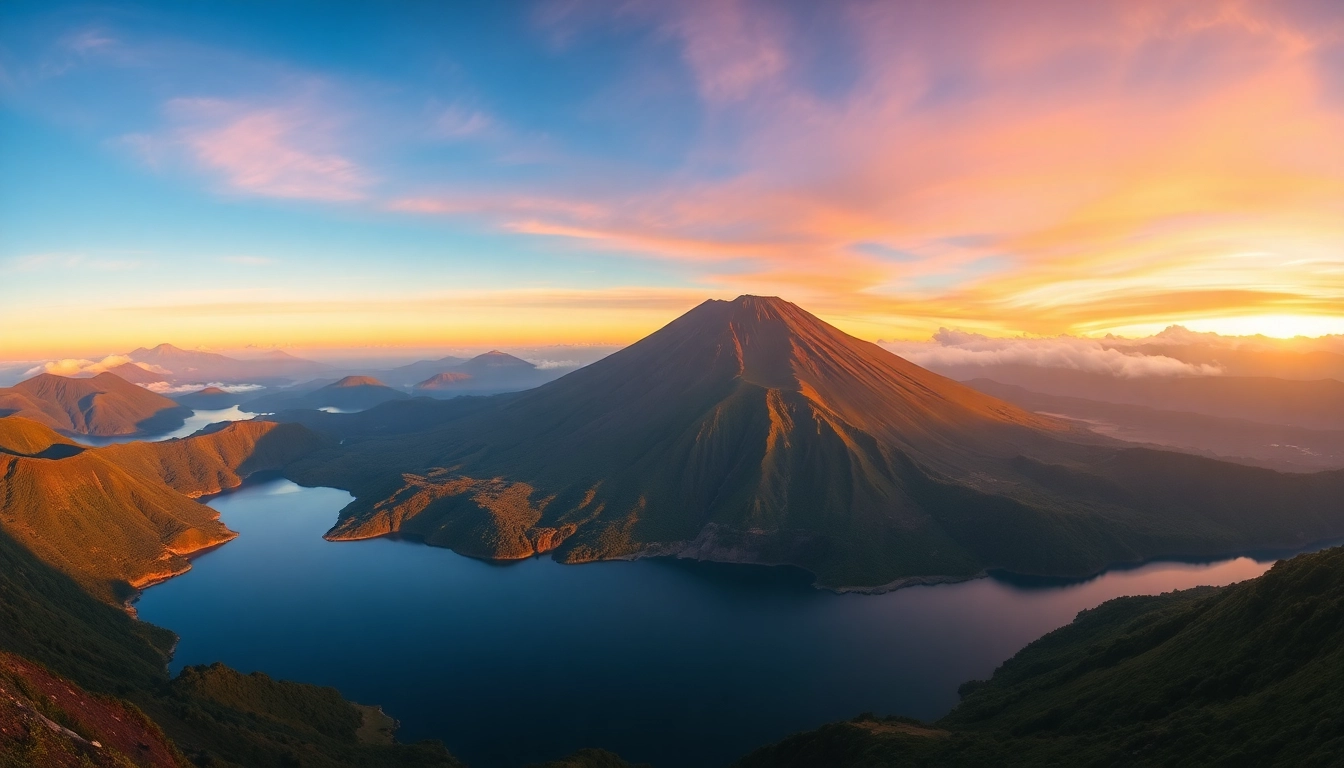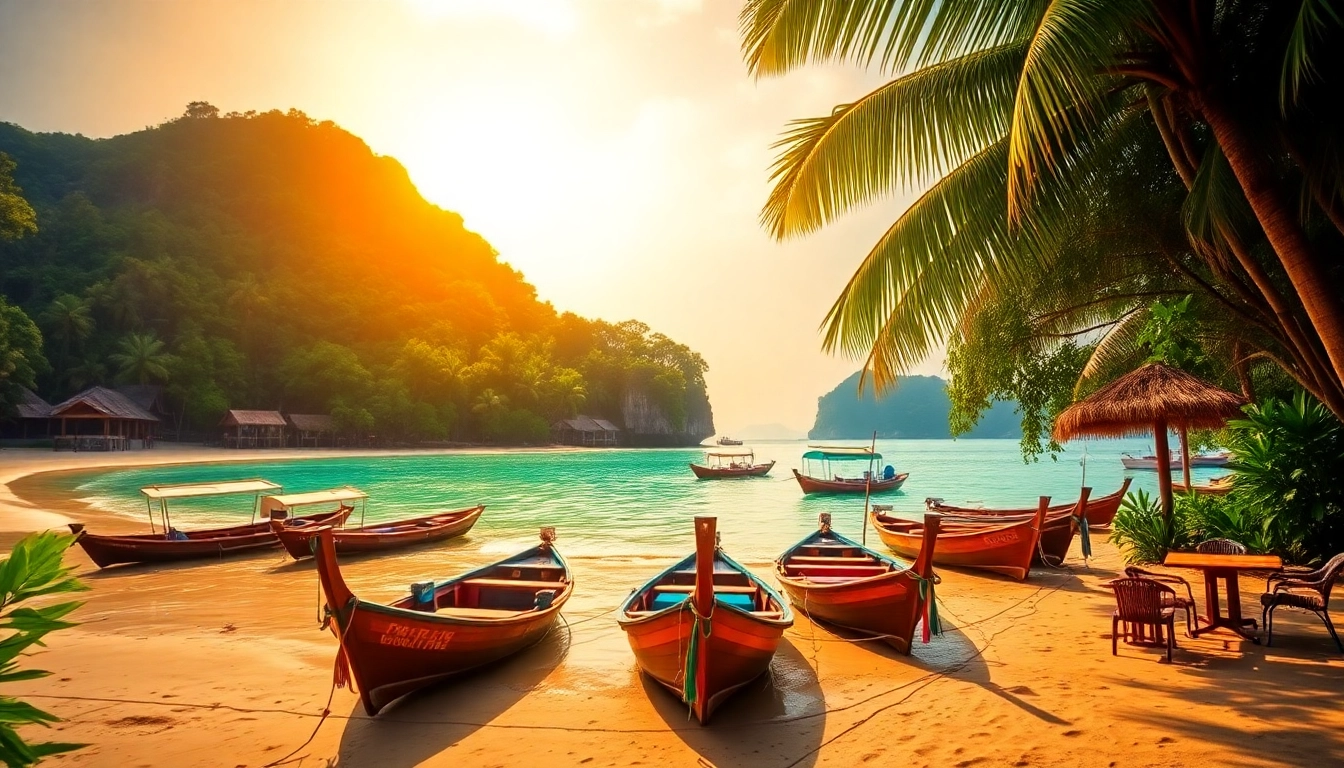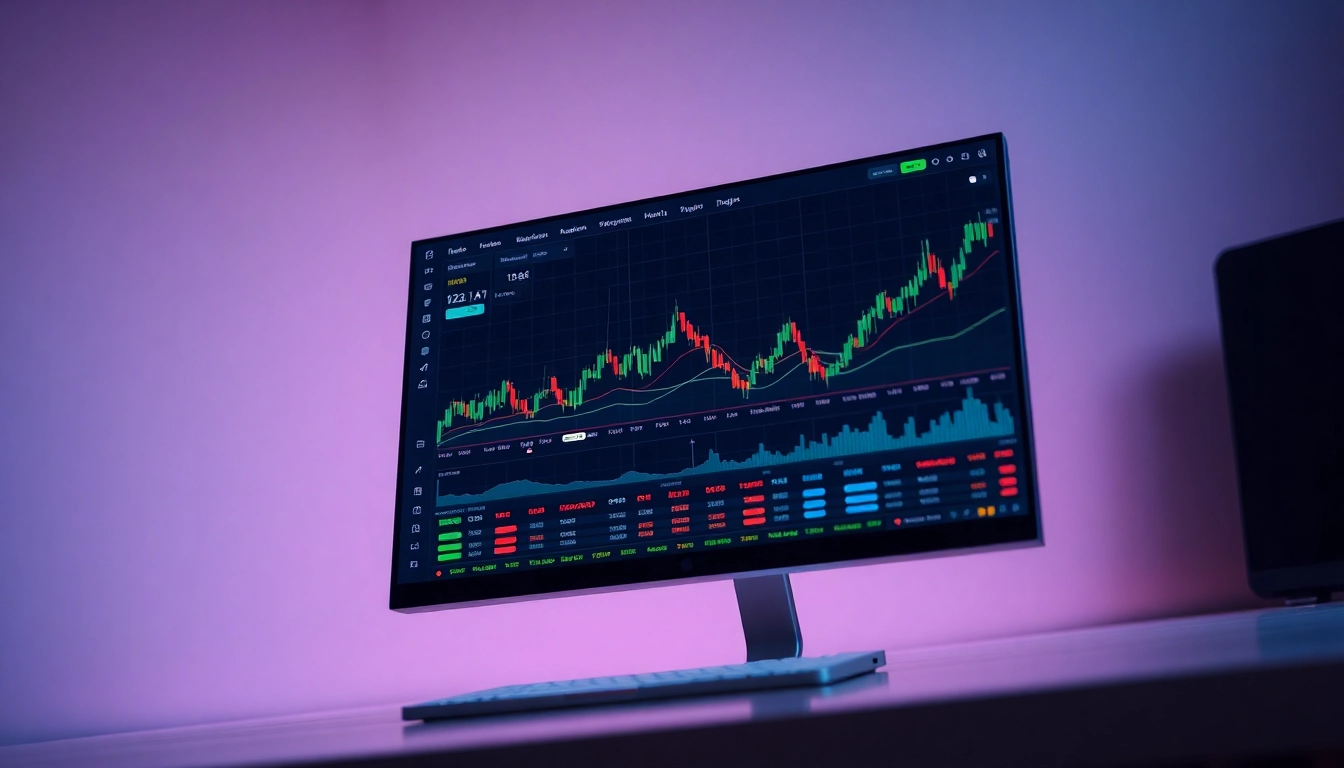
Introduction to Mount Rinjani: Indonesia’s Second Highest Volcano
Perched majestically on the island of Lombok in Indonesia, Mount Rinjani stands as a testament to the raw power and natural beauty of the volcanic landscape that defines much of Indonesia’s diverse geography. As the second highest volcano in Indonesia, Rinjani reaches an imposing elevation of 3,726 meters (12,224 feet) above sea level, making it a magnet for adrenaline-seeking adventurers, nature lovers, and cultural explorers alike. Its prominence is not only measured by its height but also by its significance—geological, ecological, and cultural—that reverberates through the local communities and the broader national identity.
For travelers eager to explore Indonesia’s natural marvels or mountaineers aiming to challenge themselves, Mount Rinjani offers a multifaceted experience. It’s a place where active geological forces continually shape the landscape, creating a dynamic environment that hosts a rich tapestry of biodiversity, waterfalls, hot springs, and sacred sites. In this comprehensive guide, we delve into the essence of Rinjani, from its geographical roots and historical eruptions to practical tips for trekking, and highlight the unmissable natural and cultural attractions that await those who venture to its slopes.
Geographical Location and Significance
Mount Rinjani is situated within the Gunung Rinjani National Park on Lombok Island, a part of the Lesser Sunda Islands in Indonesia. The mountain forms the dominant feature of the park, which spans over 41,330 hectares of protected land, designated as a major bio-geographical transition zone known as Wallacea. This zone creates a unique intersection between Asian and Australasian biodiversity, resulting in a diverse range of plant and animal species that thrive on its slopes and surrounding forests.
The volcano is located in the northern part of Lombok, approximately 40 kilometers from the island’s capital, Mataram, and about 25 kilometers from the popular tourist hub of Senggigi Beach. Its strategic position contributes to both the ecological richness and the cultural significance of the region. The summit of Rinjani offers expansive views of surrounding islands, including Bali, Sumbawa, and other parts of the Indonesian archipelago, illustrating its prominence in the regional landscape.
Geologically, Mount Rinjani is an active stratovolcano formed over thousands of years through successive eruptions. Its caldera, measuring roughly 8 by 10 kilometers, houses a crater lake known as Segara Anakan, which is believed to be a remnant of a larger volcanic crater from ancient eruptions. Active geothermal activity continues today, with fumaroles, hot springs, and recent eruptions reminding us of the volcano’s ongoing dynamism. These features not only shape the landscape but also influence the climate and ecosystems that flourish at different elevations.
Historical Eruptions and Volcanic Activity
Mount Rinjani’s history is characterized by powerful eruptions that have shaped both the physical environment and local cultural narratives. The most significant eruption in recorded history occurred in 1257, originating from the nearby caldera of Gunung Samalas, a predecessor of Rinjani. This catastrophic event is believed to have had global climatic impacts, including a temporary drop in temperatures and crop failures across the region.
Rinjani itself has experienced various eruptions, including a notable activity in 2016 that temporarily closed the national park and prompted evacuations. These eruptions are often accompanied by ash columns, pyroclastic flows, and lava expulsions, which contribute to the ongoing geological evolution of the mountain. Despite these eruptions, Rinjani has remained a relatively active volcano, and continuous monitoring by volcanologists helps forecast future activity, ensuring safety for trekkers and nearby communities.
Understanding the eruption history of Rinjani is crucial for both safety planning and appreciating its role in shaping Lombok’s landscape. The volcano’s eruptions have contributed to fertile soils, creating abundant agricultural lands in the surrounding areas, especially for crops like rice, maize, and coffee. This interplay of danger and fertility embodies the mountain’s complex relationship with local life, which reveres Rinjani as both a destructive force and a vital life source.
Cultural and Spiritual Importance for Local Communities
Beyond its geological prominence, Mount Rinjani holds profound cultural and spiritual significance for the indigenous Sasak and Lombok communities as a sacred mountain. Locally known as Gunung Rinjani, it is considered a powerful deity or ancestral spirit—a place where the physical and spiritual worlds intersect.
Traditional beliefs see the mountain as a sacred site for ritual ceremonies, offerings, and pilgrimages. The local people believe that the mountain’s summit houses spirits that require respect and reverence. During annual festivals, communities gather to pay homage through prayers, offerings, and rituals aimed at ensuring harmony, health, and prosperity.
The legend of the mountain is intricately woven into Lombok’s cultural identity, with stories passed down through generations emphasizing the importance of respecting nature’s forces. This reverence also influences eco-tourism practices, encouraging visitors to adopt a respectful attitude toward the mountain and its surroundings. Trail guides often include cultural narratives to enlighten trekkers about local customs, reinforcing the importance of sustainable tourism that preserves both the natural and cultural heritage.
Planning Your Mount Rinjani Trekking Adventure
Best Time to Visit and Weather Conditions
The optimal period for trekking Mount Rinjani is during the dry season, typically from May to September, when weather conditions are most stable and visibility is clear. During these months, the skies are generally sunny, temperatures at the base are moderate, and the risk of heavy rains or thunderstorms is minimized, providing safer and more enjoyable hiking experiences.
However, it’s essential to consider local weather patterns, as microclimates can vary significantly across different elevations. The summit can be particularly cold, with temperatures occasionally dropping below freezing, especially at night. Rain can still occur unexpectedly, even during the dry season, so hikers should be prepared for sudden weather changes.
Required Equipment and Preparation Tips
Preparation is critical when tackling a challenging volcano like Rinjani. Essential equipment includes sturdy hiking boots with good ankle support, layered clothing to adapt to temperature variations, a high-quality sleeping bag, and a weatherproof jacket. Since the trek involves high altitudes, bringing warm clothing, gloves, and a hat is advisable.
Additionally, trekkers should carry sufficient water, high-energy snacks, a first aid kit, headlamps, sun protection, and personal hygiene items. Many guided tours provide or recommend renting trekking poles, which help with stability on steep ascents and descents.
Choosing Guided Tours vs. Independent Traverses
For most travelers, especially those unfamiliar with the terrain or lacking experience in high-altitude hikes, booking a guided tour is strongly recommended. Guided expeditions offer logistical support, safety management, local expertise, and cultural insights, greatly enhancing the overall experience. Reputable operators also handle permits, accommodation arrangements, and safety protocols, reducing potential risks.
Independent trekking is possible for highly experienced mountaineers with thorough planning; however, it requires detailed knowledge of routes, weather patterns, and emergency procedures. Given the unpredictable nature of volcanic activity and remote trail conditions, guided tours are the safest and most practical approach for the majority of visitors.
Mount Rinjani Trekking Routes and Highlights
Popular Trekking Pathways: Sembalun and Senaru
The two most common routes to summit Mount Rinjani are from Sembalun Lawang and from Senaru Village. Both routes offer unique experiences and varying levels of difficulty.
- Sembalun Route: Known for its gentler ascent and stunning panoramic views, this trail begins in the Sembalun Valley, situated on the eastern side of the mountain. It is approximately 27 kilometers long and generally takes 2-3 days to complete. The route passes through lush savannahs, ancient forests, and crater lakes, with abundant wildlife sightings.
- Senaru Route: Starting from the northern side, the Senaru trail is more challenging due to steeper terrain but offers a more immersive rainforest experience. This route is favored by those interested in exploring the rich biodiversity of the forest and waterfalls before reaching the crater rim.
Must-See Landmarks and Scenic Spots
During your trek, several natural and scenic landmarks should be on your itinerary:
- Segara Anak Lake: The iconic crater lake nestled within Rinjani’s caldera, famous for its turquoise waters and the nearby hot springs. It’s a tranquil spot that also serves as a base camp for summit attempts.
- Gunung Baru Crater: A small active volcanic cone within the lake, which occasionally emits steam and minor ash emissions, a reminder of the volcano’s restless nature.
- Sendang Gila Waterfalls: Located on the Senaru route, these waterfalls provide a refreshing natural attraction perfect for a rest or swimming.
Challenges and Safety Considerations
While the trek offers breathtaking views and memorable experiences, it is not without challenges:
- Altitude Sickness: Ascending to over 3,700 meters can cause altitude sickness. Symptoms include headaches, dizziness, and nausea. Proper acclimatization and hydration are vital.
- Harsh Weather: Sudden storms, high winds, or cold temperatures at the summit require careful planning and appropriate gear.
- Volcanic Activity: Monitoring updates from authorities is crucial; occasionally, eruptions may lead to temporary closures or reconsideration of the route.
Emergency preparedness, local guide assistance, and respecting safety advisories significantly reduce potential risks.
Flora, Fauna, and Natural Attractions of Rinjani National Park
Unique Biodiversity and Ecosystems
Rinjani National Park is a sanctuary for diverse ecosystems ranging from lowland rainforests to alpine meadows. The park’s flora includes rare orchids, endemic hardwoods, and medicinal plants. Its fauna comprises various bird species such as the Rinjani scops owl, various primates, reptiles, and insects adapted to its elevations.
This biodiversity hotspot underscores the importance of conservation efforts aimed at protecting endemic species and maintaining ecological balance.
Rinjani Waterfalls and Hot Springs
The mountain’s natural hot springs, especially those near Segara Anak Lake and in the surrounding forest, are celebrated for their therapeutic properties. Popular hot springs include Sendang Gila and Banyu Awan, where visitors can relax after a strenuous trek.
Waterfalls such as Tiu Kelep and Sendang Gila add to the scenic beauty, offering pristine swimming spots and perfect photo opportunities, enchanting visitors with their lush settings.
Conservation Efforts and Visitor Guidelines
The park authority actively promotes sustainable tourism through designated trails, waste management, and environmental education. Visitors are encouraged to minimize their ecological footprint by carrying out all trash, following established paths, and respecting wildlife habitats.
Supporting local conservation initiatives helps preserve Rinjani’s natural heritage for future generations.
Post-Trek Experiences and Tips for Enjoying Lombok
Local Culture, Cuisine, and Accommodations
After conquering Rinjani, immersing yourself in Lombok’s vibrant culture enhances the overall experience. Traditional Sasak crafts, dance performances, and local markets in Senggigi or Sembalun offer authentic cultural insights.
Sample Lombok’s distinctive cuisine, featuring dishes like Ayam Taliwang (spicy grilled chicken), Plecing Kangkung (water spinach with chili and lime), and fresh seafood. Accommodations range from luxury resorts to homestays, with many eco-lodges near the park catering to environmentally conscious travelers.
Other Adventure Activities on Lombok
Beyond trekking Rinjani, Lombok is a haven for surfing, snorkeling, diving, and island hopping. Gili Islands—Gili Trawangan, Gili Air, and Gili Meno—are famous for their vibrant marine life and laid-back atmosphere.
Maintaining Respect for Nature and Cultural Heritage
Travelers play a vital role in preserving Lombok’s natural and cultural assets by practicing responsible tourism. This includes adhering to park rules, engaging with local communities respectfully, and supporting sustainable businesses.




